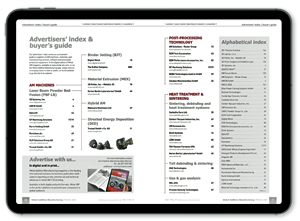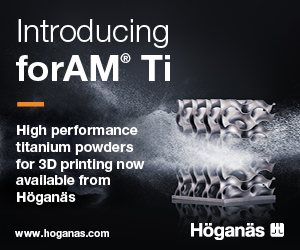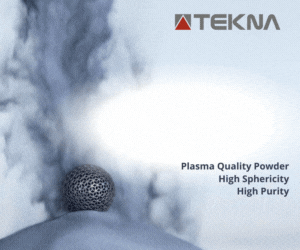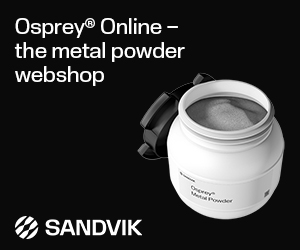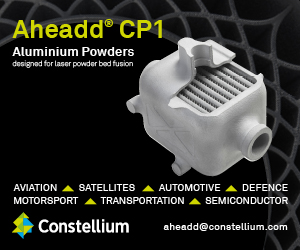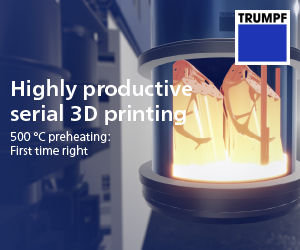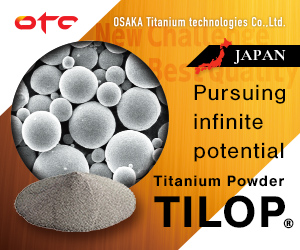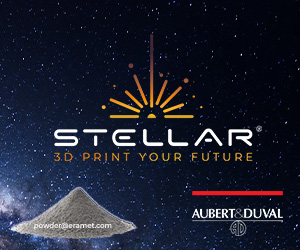Purdue and ITAMCO receive $1 million grant for AM runway mat development
September 7, 2020
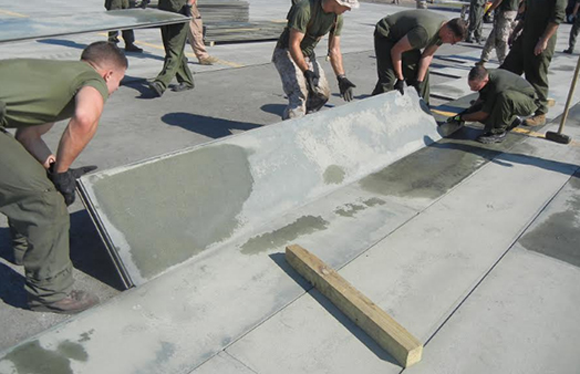
Researchers from Purdue University, West Lafayette, Indiana, USA, and Indiana Technology and Manufacturing Companies (ITAMCO), Plymouth, Indiana, USA, have received a $1 million SBIR Phase II grant from the U.S. Air Force which will help to fast-track the development of a new metal additively manufactured runway mat for temporary or expeditionary flight operations.
Pablo Zavattieri, the Jerry M and Lynda T Engelhardt Professor in Civil Engineering at Purdue University, is working with ITAMCO to develop the runway mat using metal AM.
“The objective of the research is to develop a robust sheet or roll technology that serves as an alternative to the AM-2 mat for temporary or expeditionary flight operations,” stated Zavattieri. “AM-2 matting has served the US military well since the Vietnam War, but the materials and technology in the ITAMCO-led research project will offer many benefits over AM-2 matting.”
The proposed matting solution is composed of an upper surface that mates with a lower surface and contains a type of architectured material called Phase Transforming Cellular Material (PXCM) geometry to mitigate anticipated loading and shear stresses.

Zavattieri explains that a portable and lightweight airfield mat must be easy to install and store, yet capable of withstanding the stresses of repeated takeoffs and landings of aircraft.
He continued, “Products made with PXCM geometry have the ability to change from one stable configuration to another stable or metastable configuration and back again.”
“This means the new runway mat could potentially heal itself, resulting in a much longer life span than a runway made with AM-2 matting. Another benefit is that debris on the runway will not hamper the runway’s performance with our technology.”
In Phase II, the team will reportedly move into the prototype and testing stage. The prototype’s ability to restore itself to its original contour and attain full operational capability thirty minutes after compaction and preparation of the final repair site will be tested.





